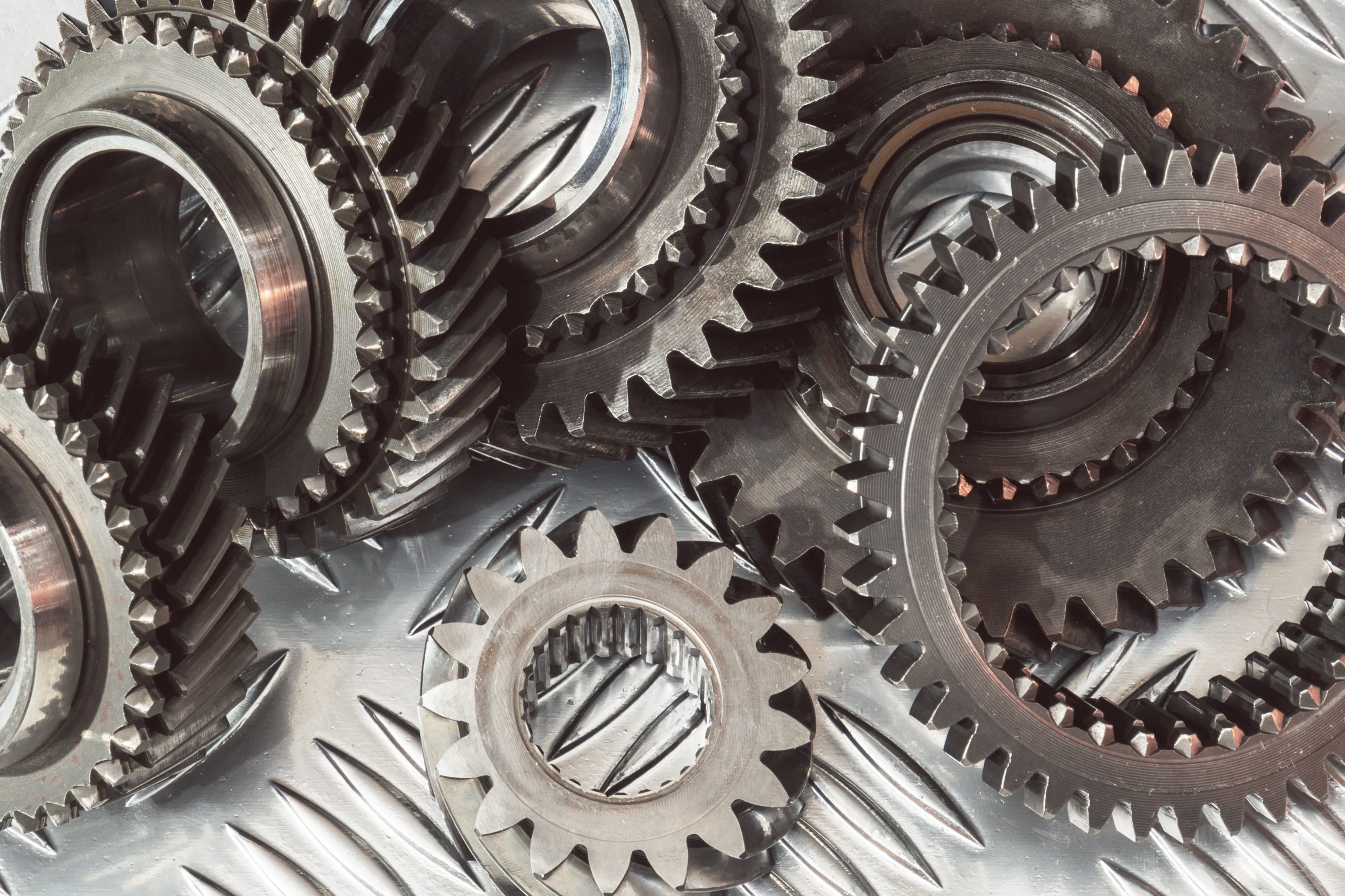October 28, 2016 – What’s your favorite POP (Coke, Pepsi, etc.)? Ours is actually a different type called Package-on-Package (PoP) – make sure to check out our cool PoP video below. This technology allows two or more electronic components to be stacked vertically, which saves space and allows our portable gadgets to continue getting thinner, faster and smaller year after year. PoP technology is rapidly gaining widespread use in everything from mobile phones to digital cameras to broadband and more. . .
What are the benefits of PoP?
- Die stacking occupies less space on the substrate, allowing for higher density of devices
- Short routings of interconnects result in faster signal propagation
- Improved yields since each package can be tested individually before assembly
- Packages from different suppliers can be combined or replaced without redesigning the entire package
How is a Package-on-Package (PoP) assembled?
The assembly process is relatively simple, but requires the right equipment and capabilities. There are two types of PoP Assembly. The first is called On Board Stack, which is a process where the PoP is created directly on the PCB printed circuit board.
The second is called Pre-Stacked PoP, which is a process where the PoP is created in a tray and then placed individually on the PCB. Pre-Stacked PoP (as discussed in the example below) is also a great solution for applications such as Solid State Drives and mobile internet devices.
The assembly steps for Pre-stacked PoP are as follows:
- Using an SMT machine, the first (bottom) component is picked and placed in a specialized tray
- The second component (top) is picked, dipped in flux or solder paste and is placed on top of the bottom component which has interconnects on its top side (repeat if additional components are required)
- The completed tray is then sent for reflow (subjected to controlled heat which permanently attaches the components together)
- The individual Pre-Stacked PoP can then be placed on the PCB similar to a standard component
Check out the video below showing the Pre-Stack PoP assembly process described above.
Next week we will discuss “Challenges of PoP and how to address them”, stay tuned.





